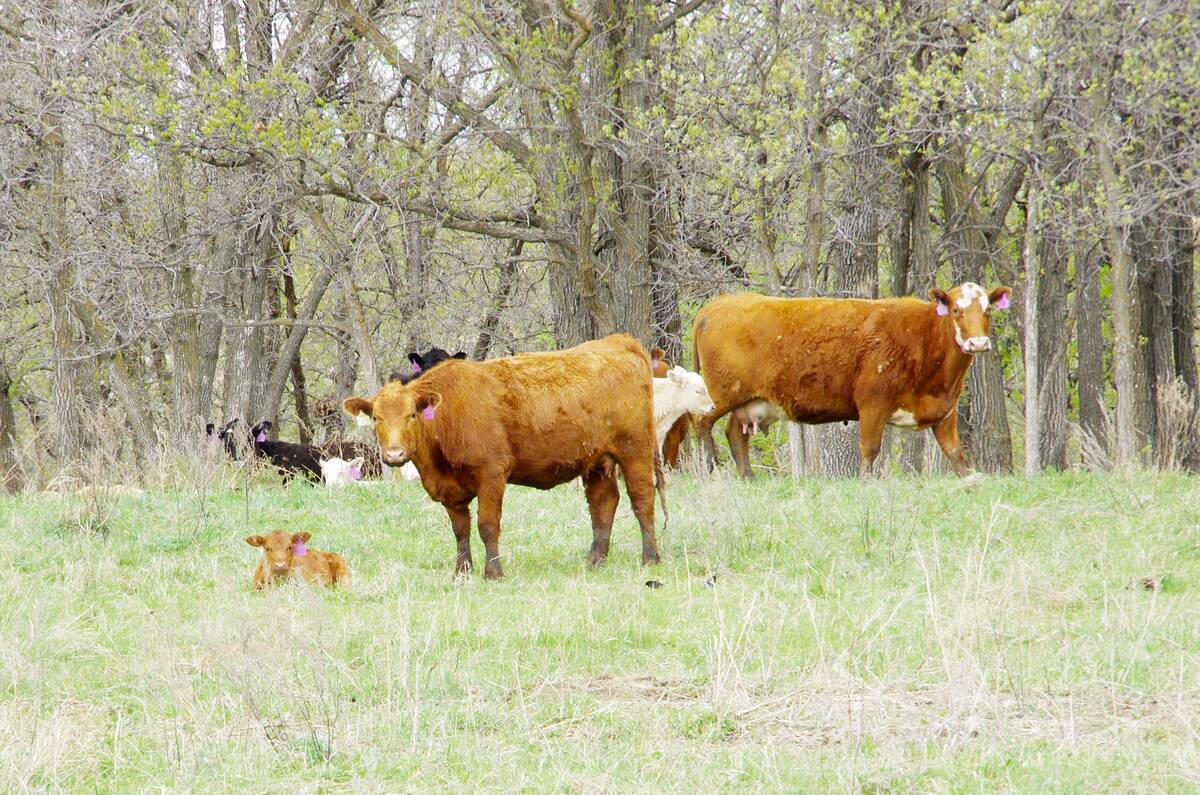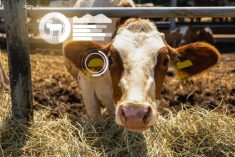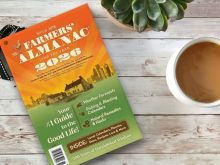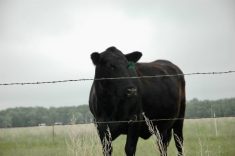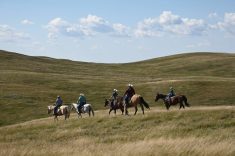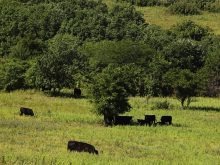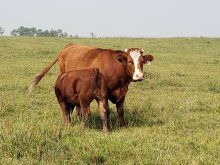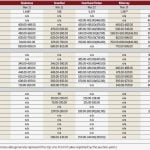Thinking about worst-case scenarios isn’t pleasant, and it’s often discouraged, but sometimes imagining the worst is the best thing for making a plan to deal with it. At least, that appears to be the situation for drought planning.
Wayne Knight, the executive director for Holistic Management International, is originally from South Africa, a country known for drought and dry conditions. Because of his background, he’s learned to always be prepared for drought.
“I remember doing a training where the presenter said, ‘You’re either recovering from drought or you’re planning for drought’,” he says. “And I think that’s a really good way to look at this.”
Read Also
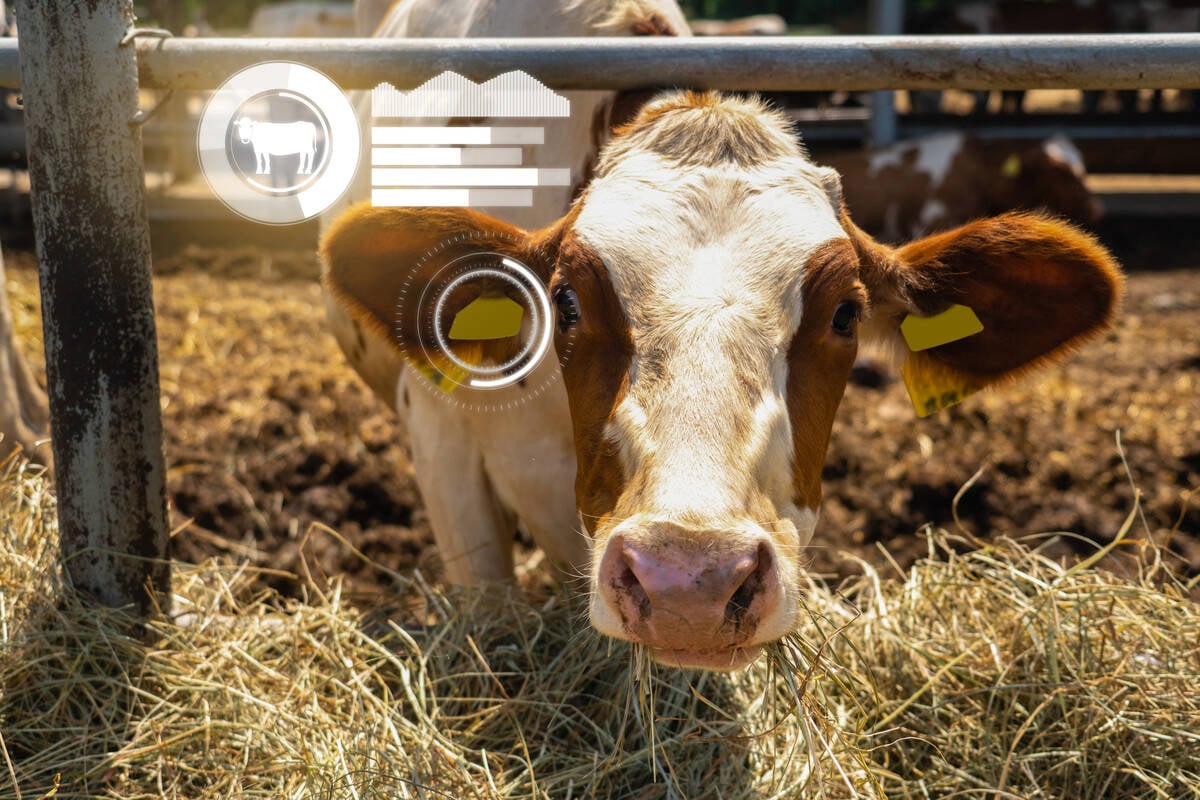
Cows in the cloud
Beef cattle herd management software has become an essential tool over 15 years for Lonesome Dove Ranch in Saskatchewan.
Knight presented his tips and steps to managing land and finances in a drought at the Holistic Management Conference at Assiniboia, Sask. on Feb. 8. His biggest tip is to create a plan that makes a producer prepared for any disruptions in their operation, and stick to that plan.
When deciding to make a plan, three things should be top of mind: land health and management, animal conditions, and finances. These should be front of mind when assessing one’s situation and to guide choices made in the plan, Knight explains, noting that when a producer says to themselves “It’s getting dry, and I’m noticing it getting drier,” they should ask themselves what they’ll do and identify what decisions they’ll have to make.

It ultimately comes down to risk management, anticipating challenges, and analyzing cost versus benefit.
There are four steps to building an effect drought plan, according to Knight and holistic management practices.
Know how much forage or feed is available
Using a measurement method such as STAC (short for sole, toe, ankle, calf) or by the measurement of tons per hectare or stock days per acre (SDA), calculate the amount of forage available during a season with normal moisture. STAC is performed by walking through a pasture or field, and measuring the forage relative to your leg. It’s a holistic management practice which, when used correctly, can translate to how much forage is available in an area.
The measurement is paired with a rainfall analysis of the past 25 years to determine the pattern of moisture, such as when rain typically arrives, and the “green date” — that is, the date when a field begins to grow and green up.
Know the herd forage demands
This step is critical to determining how much forage is needed for a standard animal’s daily consumption per acre. It provides the producer with the amount of forage needed for the current herd size and when livestock’s needs outweigh available forage. The math assists in knowing what to be looking for and when, making it easier to react when grass decreases in a drought. These numbers are a “game changer.”
“If you have a pretty accurate, reliable green date… and you measure the forage according to animal needs over that time, that’s how many animals you can keep or by hay for,” Knight says, linking the two steps. “Or that’s how many animals you need to take off and find grazing for.”
Match the animals to the forage
Using the calculations of the previous two steps, producers can determine their stock feed requirements and potential trigger dates. Trigger dates are tied to the number of stock days available based on average forage growth and seasonal moisture variation, and how these compare to stock days needed for herd size.
“Do I need to destock, or am I comfortable moving into the dormant season? So it’s a simple balancing act,” Knight says. “Make the calculations. You’re going to come up with ‘This is how many livestock units I need to sell’… how many stock days do I have? Is that balancing what the herd needs? And with that number, you’ve got immediate decisions to make.”
The other piece of this matching game is to determine which animals are kept and which are to be sold. To ease decision-making, Knight recommends a stock flow chart or tier system.
Producers such as Calvin Gavelin, who sat on the drought management panel, have employed the tier system themselves. Gavelin explained the method in depth, saying he does it to be prepared in a drought scenario.
First, in the spring, he separates his automatic culls into a pasture, so they can be sold first, whenever he needs to do so. Then, when it’s time to pull his bulls, he separates any dry cows to further eliminate grass pressure. His final step is to pull yearlings and sell those if he has to.
However, Knight warns, keep future herd structure in mind when making these plans and try not to be too rash. He gives a scenario of low cow prices and high heifer prices, in which the immediate reaction would be to sell heifers — but what impact would selling too many heifers have in two or three years? Likely, a reduction in cash flow, since in such a case there wouldn’t be enough replacements and the producer would need to buy others.
Act as soon as possible
“Why is it so important to act? If you think about it, each animal that you need to sell is eating the grass that the special, really important animals in your herd need to keep.”
In a drought situation, priority should be on growing and maintaining the health of forage. While animal performance is important, it’s a “definite second.” The best way to secure a strong build-back is by keeping the land healthy, which can’t be done if it’s being overgrazed.
Knowing which animals to eliminate, and when, reduces stress on both the producer and the land. Between calculations and observations, a producer can create a grazing plan year-to-year that will provide potential “trigger” dates on when to pull which tier of animal.
“For me, trigger dates were absolutely essential,” Knight says. “Having hard lines on the calendar, pretty much… if this date comes by (and) I’m not getting the forage, I have to destock, move to another place (or) buy in forage.”
However, Knight explains, these dates likely won’t be the exact right time to destock or sell — but they will provide a timeline to plan for. Near these dates is when producers should consider the land health, available moisture, herd numbers and livestock prices — and be ready with all necessary preparations to act as soon as they need to.
If a producer hasn’t set up a plan for themselves, or doesn’t want to, it’s essential to at least know the variables and understand the numbers. Being able to recognize the balance of animal to forage, forage growth and available moisture, and when to keep versus sell, are as important as having a hard plan.


